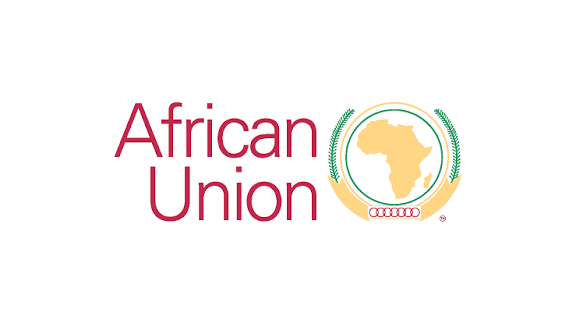

The United Nations migration agency has reported that 2024 marked the deadliest year on record for migrants, with nearly 9,000 confirmed deaths on treacherous routes worldwide. The International Organisation for Migration (IOM) revealed that at least 8,938 people lost their lives while attempting dangerous journeys in search of better opportunities, with the Sahara Desert and the Mediterranean Sea among the most perilous routes.
Deadliest Migration Routes
According to the IOM, the deadliest migration routes in 2024 were in Asia, followed by the Mediterranean and African crossings, including the hazardous Sahara Desert. The agency’s data, which dates back to 2014, shows a consistent rise in migrant deaths since 2021, with thousands more likely unaccounted for due to gaps in official records.
Call for Urgent International Action
IOM Deputy Director General for Operations, Ugochi Daniels, called for urgent international action to address the crisis.
“The increase in deaths across so many regions in the world shows why we need a holistic response to prevent further tragic loss of life,” Daniels stated.
The agency emphasized the need for coordinated efforts to improve the safety of migration routes and provide support to migrants facing life-threatening conditions.
Funding Shortages Exacerbate Crisis
The migrant crisis is further exacerbated by funding shortages, which have forced the Geneva-based IOM and other humanitarian organizations to cut back or shut down critical aid programs. Major reductions in US funding have significantly impacted the agency’s ability to provide essential services to migrants.
The IOM warned that these cuts will have severe consequences for migrants already facing extreme risks, including exploitation, violence, and death. The lack of resources has left many migrants without access to basic necessities such as food, water, and medical care.
Broader Implications
The record-high number of migrant deaths in 2024 highlights the urgent need for global action to address the root causes of migration, including conflict, poverty, and climate change. It also underscores the importance of providing safe and legal pathways for migration to reduce the reliance on dangerous routes.
The IOM’s report serves as a stark reminder of the human cost of migration and the need for international cooperation to protect the rights and lives of migrants. As the crisis continues to escalate, the global community must prioritize the safety and well-being of those seeking better opportunities and a chance at a better life.

Conclusion
The UN migration agency’s report on record-high migrant deaths in 2024 is a sobering reminder of the dangers faced by millions of people worldwide. With nearly 9,000 lives lost on treacherous routes, the crisis demands immediate and coordinated action from the international community.
As funding shortages continue to hinder humanitarian efforts, the need for increased support and resources has never been more critical. The global community must work together to address the root causes of migration, improve the safety of migration routes, and ensure that migrants are treated with dignity and respect.



















